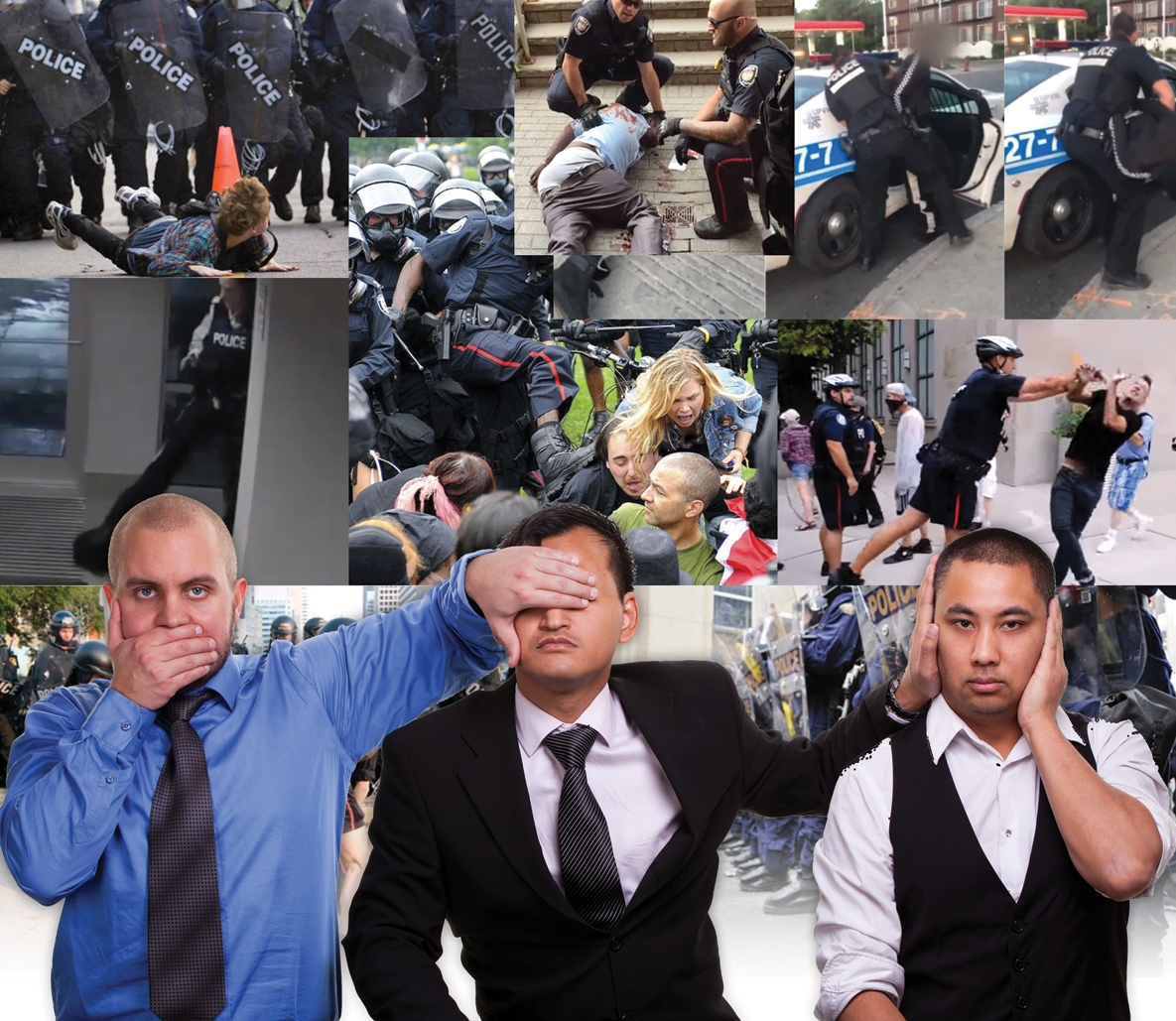
The Liberation of Belgium — A Centennial
Photos by Karen Temple / Feature image: King Philippe and Queen Mathilde meet with Canadian veterans at the Canadian War Museum, March 14, 2018.
At 10:58 a.m. on November 11, 1918, two minutes before the ceasefire took effect that ended WW1, Private George Lawrence Price of the 28th Canadian infantry was killed. The Nova Scotia native was only 26 years old. He was the last soldier in the commonwealth killed in the Great War.
In celebration of the centennial and as an act of gratitude and friendship, King Philippe and Queen Mathilde of Belgium visited the Canadian War Museum to officially unveil the cannon that fired the last shell of WWI. Donated by the Canadian troops to the city of Mons, the cannon is on loan the museum.
The King told the audience of dignitaries, veterans and invited guests that Belgium will never forget the contributions of the Canadians during the war. He explained how remembrance is an ongoing tradition in Belgium. To this day, every night at the Menin Gate in Ypres, the “Last Post” ceremony honours the courage and sacrifice of those who gave their lives in the war at Passchendale, Ypres, Waterloo, the Battle of the Bulge, the Scheldt Campaign and elsewhere.
The honourable Seamus O’Regan, Minister of Veterans Affairs read from the memoir of Sydney Frost from the Royal Newfoundland Regiment. The passage described the celebration that erupted in the streets of Mons, Belgium at the end of WWII. The Canadians had just liberated the town when the ceasefire was proclaimed.

After the presentation, the royals spoke with veterans and Canadian students visiting Ottawa as part of Encounters With Canada youth forum. Queen Mathilde was quite engaged with the young people.
Accompanying the royals is a delegation of business and tourism professionals. To honour the 100-year anniversary, many special events are taking place in towns, battlefields and museums across Belgium including the unveiling of a monument in the name of Private Price in the town of Ville-sur-Haine.
Belgium has many historical places to visit. It is also the proud home to cartoonist Hergé and his famous character Tintin as well as the 19-century surrealist René Magritte. As the capital of quaint towns, more castles than you can shake a stick at, beer and chocolate, Belgium has so much to offer. And of course, let’s not forget Waterloo!
Notably absent from the first visit to Canada by a reigning Belgium monarch in forty years was Canadian Prime Minister Justin Trudeau. In the spirit of our combined history and shared cultural significance — not to mention the $6.2-billion in trade a year between the two nations — one would think our PM might make an appearance.
We thank Belgium’s reigning monarchs for their visit and hope that the gratitude they articulated promotes pride in being a citizen of our great nation. Next November 11, whether in on the battlefields of Belgium or here at home, take time to recognise and remember the sacrifice of those Canadian who gave their lives.












